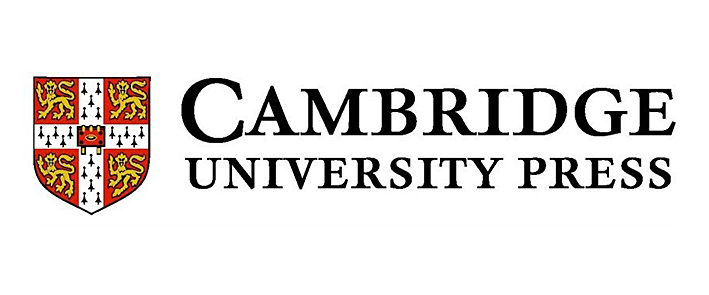Buildings of empire / Ashley Jackson.
By: Jackson, Ashley [author.].
Material type: TextPublisher: Oxford : Oxford University Press, 2013Copyright date: ©2013Edition: 1st ed.Description: xiv, 317 pages : illustrations ; 24 cm.Content type: text Media type: unmediated Carrier type: volumeISBN: 9780199589388:.Subject(s): Architecture -- Political aspects | Architecture, Colonial -- History | Great Britain -- Colonies -- HistoryDDC classification: 720.941 Online resources: Contributor biographical information | Publisher description | Table of contents only
TextPublisher: Oxford : Oxford University Press, 2013Copyright date: ©2013Edition: 1st ed.Description: xiv, 317 pages : illustrations ; 24 cm.Content type: text Media type: unmediated Carrier type: volumeISBN: 9780199589388:.Subject(s): Architecture -- Political aspects | Architecture, Colonial -- History | Great Britain -- Colonies -- HistoryDDC classification: 720.941 Online resources: Contributor biographical information | Publisher description | Table of contents only | Item type | Current location | Call number | Status | Date due | Barcode |
|---|---|---|---|---|---|
 Books
Books
|
Central Library Library Annex (Ground Floor) | 720.941 JAC/B (Browse shelf) | Available | 108004 |
Browsing Central Library Shelves , Shelving location: Library Annex (Ground Floor) Close shelf browser
| No cover image available | No cover image available | |||||||
| 709.54 TAG/S Selected essays : Rabindranath Tagore / | 709.548 MIC/A Architecture and art of South India : vijayanagara and the successor states / | 709.548 MIC/A Architecture and art of South India : vijayanagara and the successor states / | 720.941 JAC/B Buildings of empire / | 720.954 KOC/M Mughal architecture: | 720.954 SHA/P Pramanmanjari: | 720.954 SHA/P Pramanamanjari: |
Includes bibliographical references and index.
Introduction -- Dublin Castle -- A tale of two towns: Spanish Town, Jamaica and Williamsburg, Virginia -- Fort St Angelo, Malta -- Botanical Gardens, Christchurch, New Zealand -- Gezira Sporting Club, Cairo -- Kuala Lumpur Railway Station, Malaya -- Viceregal Lodge, Simla -- Royal Exhibition Building, Melbourne -- Raffles Hotel, Singapore -- Gordon Memorial College, Khartoum -- Hong Kong and Shanghai Bank, Hong Kong -- British Empire Stadium, Wembley -- Conclusion: from empire to nation -- Bibliography -- Index.
"Buildings of Empire takes the reader on an exciting journey through thirteen territories of the British Empire. From Dublin Castle to the glass and steel of Sir Norman Foster's Hong Kong and Shanghai Bank skyscraper, these buildings capture the essence of the imperial experience, painting an intimate portrait of the biggest empire the world has ever seen: the people who made it and the people who resisted it, as well as the legacy of the imperial project throughout the world. Ashley Jackson visits classic examples of the buildings that the British governed from, the forts they (often brutally) imposed their rule from, the railway stations they travelled from, the banks they traded from, the educational establishments they spread their values from, as well as the grand colonial hotels they stayed in, the sporting clubs and botanical gardens where they took their leisure, and the monumental exhibition spaces in which they celebrated the achievements of settlement and imperial endeavour. The history of these buildings does not end with the empire that built them. Their story in the aftermath of empire highlights the continuing legacy of many of the structures and institutions the British left behind, as well as the sometimes unexpected role that these former symbols of alien rule have played in the establishment of new national identities in the years since independence."--Publisher's website.
























There are no comments for this item.